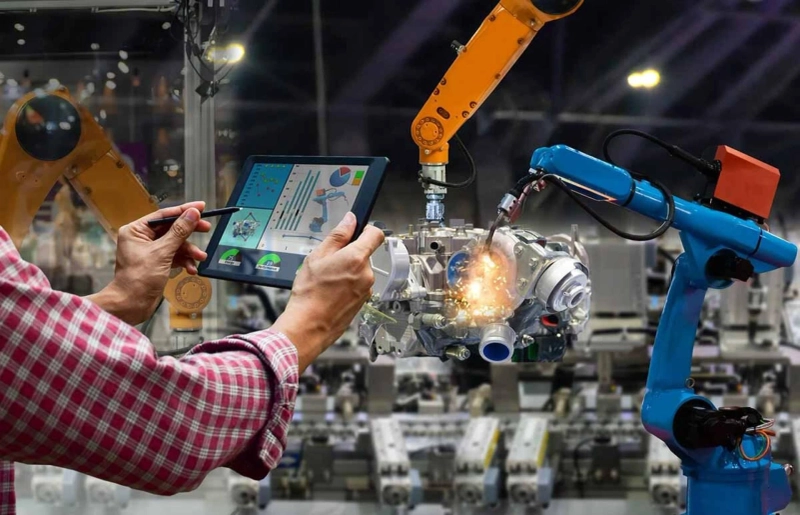The industrial automation market in India is experiencing a period of phenomenal growth, fueled by factors like rising economic activity, government initiatives, and a young, tech-savvy workforce. This blog delves into the heart of this dynamic market, focusing on the key players shaping its landscape and using statistics to paint a clear picture of their market share.
Market Size and Growth Trajectory
Before diving into the specific players, let's establish the context of the industrial automation market. The market size in India is estimated to be over USD 10 billion in 2024, with a projected growth rate of 14.26% to reach a staggering USD 29.43 billion by 2029. This impressive growth trajectory signifies the immense potential and demand for industrial automation solutions in India.
The Titans of the Industry
The industrial automation market in India boasts a diverse range of players, each contributing to its growth and innovation. Here, we'll explore some of the most prominent names, analyzing their market share based on available data:
Established Automation Giants: These players hold a significant market share due to their extensive experience and established brand reputation.Siemens: A global leader in automation solutions, Siemens offers a comprehensive portfolio of industrial automation products and services in India. Their market share is estimated to be around 15-20%.ABB: Renowned for its automation technologies across various sectors, ABB enjoys a strong presence in India, estimated to hold a market share of approximately 10-15%.Honeywell: Specializing in industrial control systems and automation solutions, Honeywell caters to diverse industries in India. Their market share is estimated to be between 8-12%.Emerging Edtech Players: This new breed of companies leverages technology to provide flexible and scalable automation solutions.UpGrad: A leading provider of online education and upskilling programs, UpGrad offers specialized courses in industrial automation, catering to the growing demand for skilled professionals. While their market share in terms of direct hardware/software sales might be smaller, their influence on workforce training and upskilling is significant.Great Learning: Another prominent player in the online education space, Great Learning provides industrial automation courses and certifications. Their market share, similar to UpGrad, is likely reflected in their impact on workforce development.Indian Automation Powerhouses: Established Indian companies are playing a vital role in driving domestic innovation and catering to specific market needs.NIIT: A household name in India for IT education, NIIT has expanded its offerings to include industrial automation training programs. Their market share is likely concentrated in the training and education segment.Aptech: Another leading provider of IT training in India, Aptech offers courses in industrial automation, contributing to the development of a skilled workforce. Similar to NIIT, their market share might be more prominent in the training space.Talentedge: Specializing in skill development and training programs, Talentedge caters to the industrial automation sector, impacting the market through workforce training initiatives.Market Share: A Fluid Landscape
It's important to note that market share data for the industrial automation market can be fragmented and vary depending on the source and methodology used. The figures mentioned above are estimates based on industry reports and news articles. Additionally, the market landscape is constantly evolving, with new players emerging and existing players expanding their offerings.
Embracing Innovation and Collaboration
The future of the market is bright. As the demand for automation solutions continues to rise, established players and emerging companies will need to adapt and innovate to maintain their market share. Collaboration between different players, including automation giants, edtech companies, and domestic training providers, will be crucial for developing a future-ready workforce equipped with the skills needed to operate and maintain advanced automation technologies.
Conclusion
By analyzing the major players and their estimated market share, we gain a clearer understanding of the competitive landscape in the Industrial Automation market. This vibrant market offers immense opportunities for both established companies and innovative startups. By keeping a pulse on market trends, embracing technological advancements, and prioritizing workforce development, all stakeholders can contribute to a thriving and future-proof industrial automation ecosystem in India.



